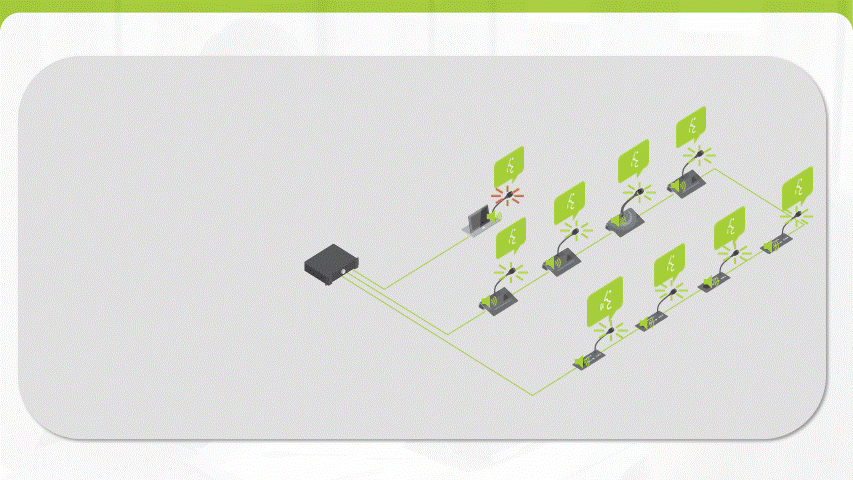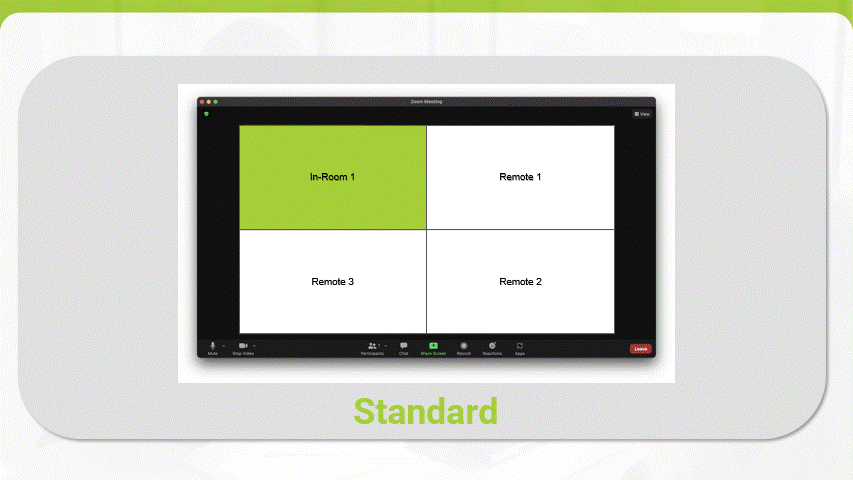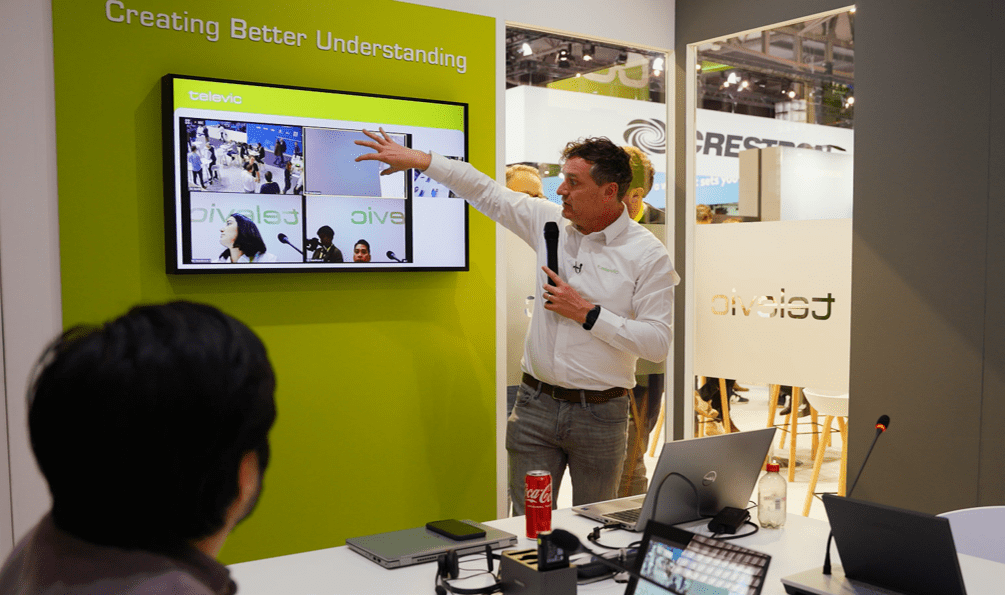
Hybrid Meetings
Hybrid meetings redefine the way teams connect, collaborate & communicate. This, however, introduces some new challenges such as line of sight issues or the need for enhanced meeting equity.
The hybrid meeting solutions from Televic offer solutions to these challenges and allow users to organize seamless, intelligible, and inclusive meetings.
-
Flexible hybrid meeting spaces
-
Solutions for rooms with line-of-sight issues
-
Improved meeting equity

UC Integration
As more hybrid meetings are being organized, users are relying on the necessary tools to connect in-room and remote participants as seamlessly as possible. Televic not only provides Confero with some unique meeting management features but also integrates easily with popular platforms such as Teams and Zoom allowing remote participants to join the meeting and enjoy the crisp audio quality of the best-in-class conferencing equipment from Televic.
When combined with camera tracking or with dedicated multimedia units, the Televic system also sends the video feed to Teams or Zoom to further close the barrier with the remote participants.

Line of Sight
One of the primary challenges to converting your meeting spaces into hybrid spaces is often finding suitable locations for your video displays and video cameras that will provide sufficient line of sight to capture and display your video communication. Televic resolves this issue by providing dedicated multimedia units such as uniCOS which combines traditional conferencing units with an integrated camera and video display. With uniCOS, each in-room participant can follow the meeting and shared content in the same way as a remote participant and each remote participant can view the speaker similar to somebody present inside the meeting room.

Meeting Equity
When managing hybrid meetings, organizers need to keep in mind the meeting equity and ensure that everybody has an equal opportunity of contributing to the meeting. Televic helps with this by offering multiple options on how participants are viewed during the meeting. Where traditionally the last in-room speaker is shown to the remote participants, alternatives are possible where either a set of in-room participants are shown in a multi-stream window, or each local participant is treated as separate meeting participants. These options allow all participants to be seen in an equitable way.
